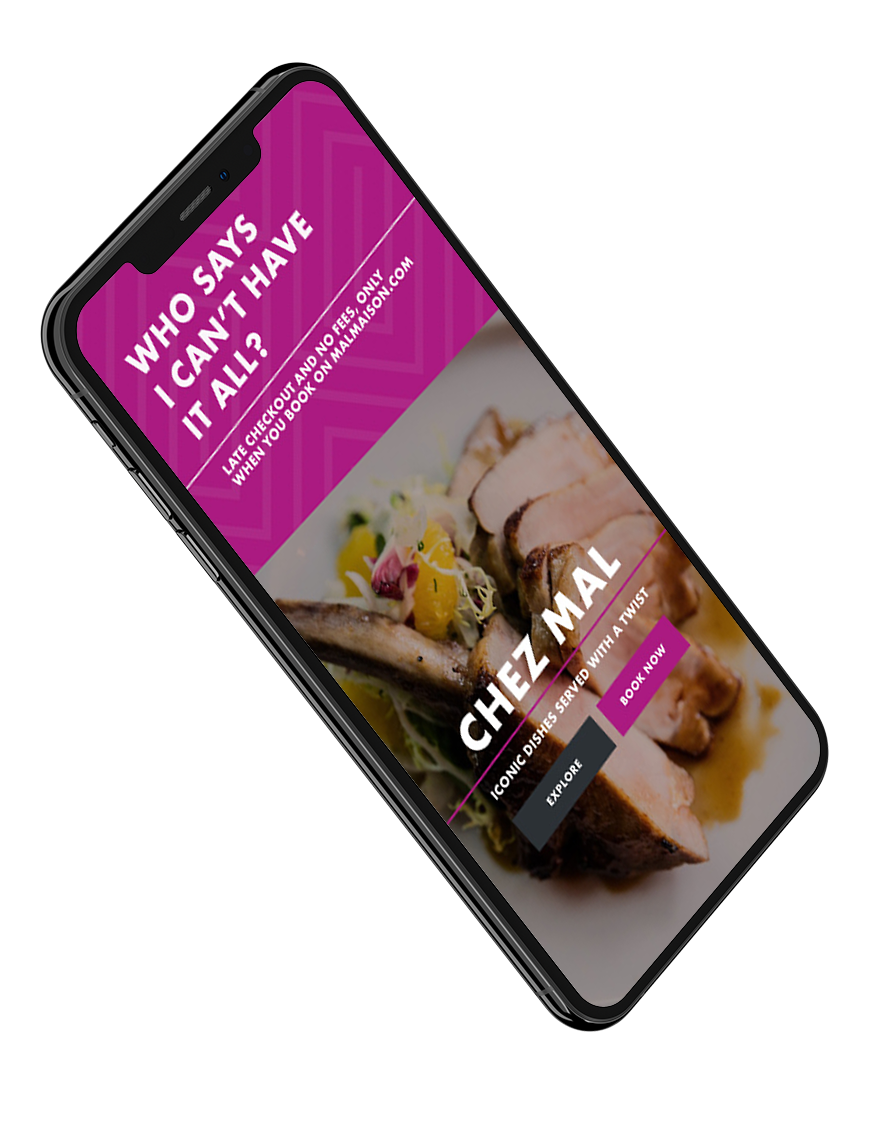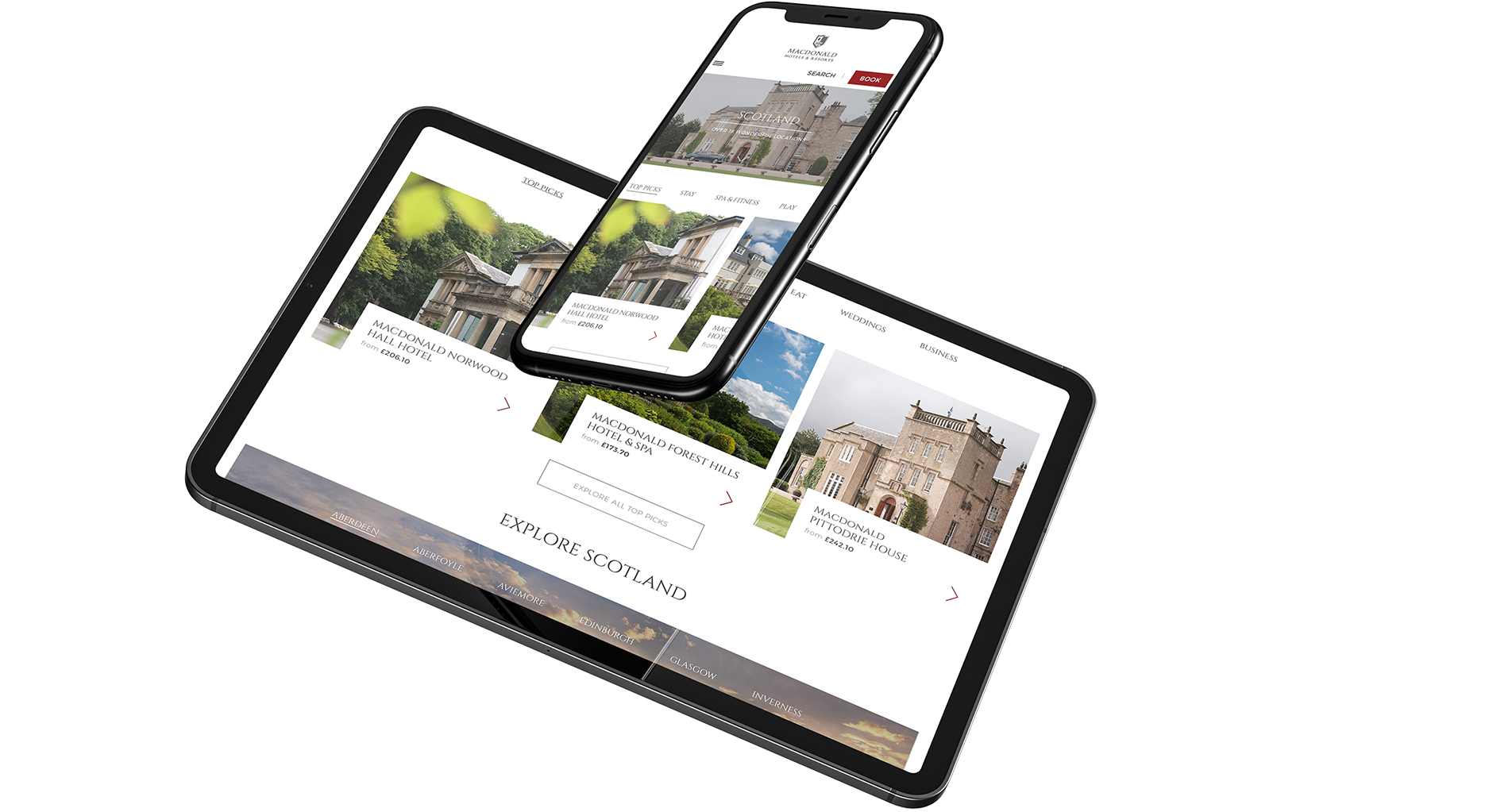Commission to conversion
Recent changes to the commission structures within affiliate marketing have enabled us to stay relevant in a dynamic marketplace. Commission by assist tools enable us to move away from the old school last click reward model and instead start to look at various attribution touchpoints in the customer journey. For example, we recently ran a content publisher incentive for one of our hotel brands that looked to reward blogger and travel content affiliates who generated the first click in a customer journey. As we recognise these types of affiliates as having a more important part to play in the long tail influence, we can now reward them as such as part of their overall contribution to driving awareness and bookings for the brand. As well as opening up new opportunities with different publisher types, this kind of activity is also helping us to present a clearer picture to our hotel clients as to the role that various channels play in the overall path to conversion.


